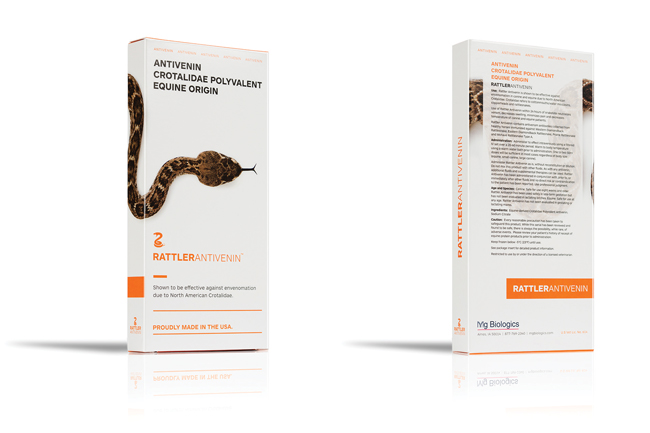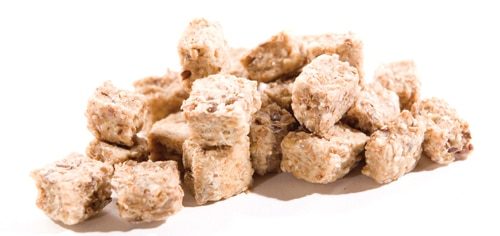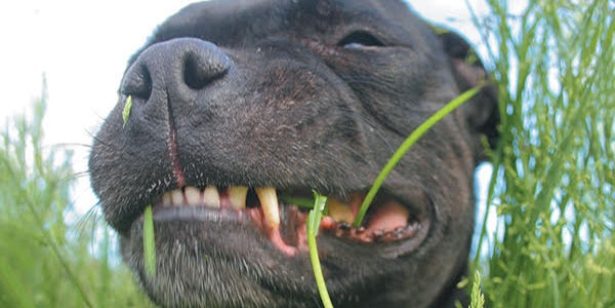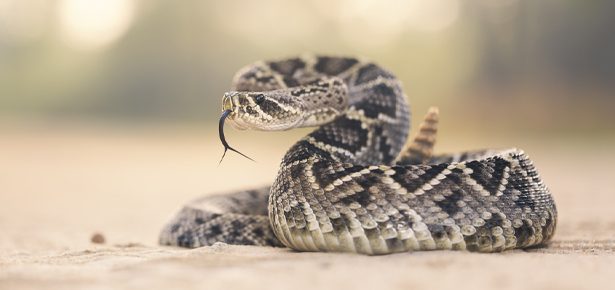
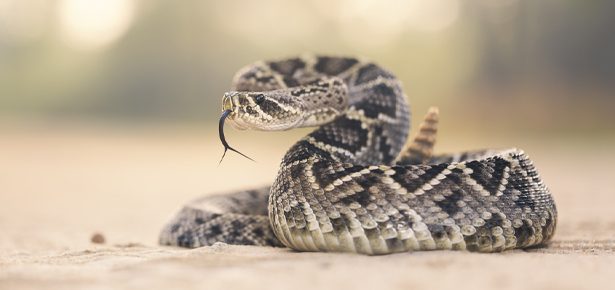
How to Treat a Dog Snake Bite
How to ID a snake bite and what to do if your dog was bitten
If you live in a region known to have poisonous snakes, it’s important to know what to do if your dog is bitten by a snake.
Pit vipers, a group of venomous snakes that includes rattlesnakes, copperheads, and cottonmouths/water moccasins, are responsible for almost all venomous snakebites in the US and Canada. Identifiable characteristics of these snakes include retractable fangs, heat-sensing “pits” below the eyes, and elliptical-shaped pupils. (Thanks for the nightmares.) Rattlesnakes are responsible for most snakebite fatalities in North America.
How to Know if Your Dog was Bitten by a Snake
Bite locations tend to differ between dogs and cats. In cats, snakebites are more common on the front limbs, as cats are more likely to bat at snakes with their front paws. Dogs, in contrast, are more likely to sniff the snake and thus are often bitten on the face or head. A swollen muzzle is frequently a telltale sign.
Symptoms often develop within 30 minutes but can appear up to 24 hours after being bitten. Signs include:
✔ A swollen muzzle (dogs are often bitten on the face or head)
✔ Dual puncture wounds (may be hard to spot; may ooze red)
✔ Dilated pupils
✔ Shaking, muscle twitching, and difficulty blinking
✔ Slow or ragged breathing
✔ Sudden weakness followed by collapse
✔ Whimpering
✔ Vomiting
✔ Loss of bladder and bowel control
✔ Local discolouration
✔ Neurological symptoms such as the inability to ‘smile’, open the mouth properly or protrude the tongue
Treatment
It is important to not be complacent – dogs can be asymptomatic up to 24 hours after a bite, and even trivial-looking bites can result in lethal envenomation, notes Australia’s Animal Emergency Services. If you think a venomous snake bit your dog, seek immediate veterinary assistance. Call your vet to tell them you are enroute. Try to keep your dog quiet and limit activity. Attempt to keep the bite site below heart level if possible. Do not attempt to treat your pet with tourniquets, suction, hot or cold packs, incisions, or anything else—these approaches are ineffective. Urgent, intensive veterinary treatment is necessary to limit the long-term effects of the venom. Once at the vet, treatment recommendations may include administration of antivenin and supportive care, such as IV fluids and pain management.
If you live in a region where venomous snakes are common, check to see if your vet carries lifesaving Rattler Antivenin from MG Biologics (mgbiologics.com). It neutralizes venom from rattlesnakes, copperheads, and cottonmouths/water moccasins. Pre-mixed and ready-to-use, it counteracts the snake venom, decreases swelling, minimizes pain, and decreases temperature. Ask your vet to stock this in case of emergencies.
This article originally appeared in the award-winning Modern Dog magazine. Subscribe today!
Join the newsletter and never miss out on dog content again!
"*" indicates required fields
By clicking the arrow, you agree to our web Terms of Use and Privacy & Cookie Policy. Easy unsubscribe links are provided in every email.
